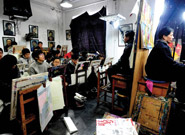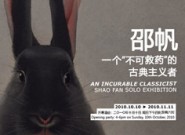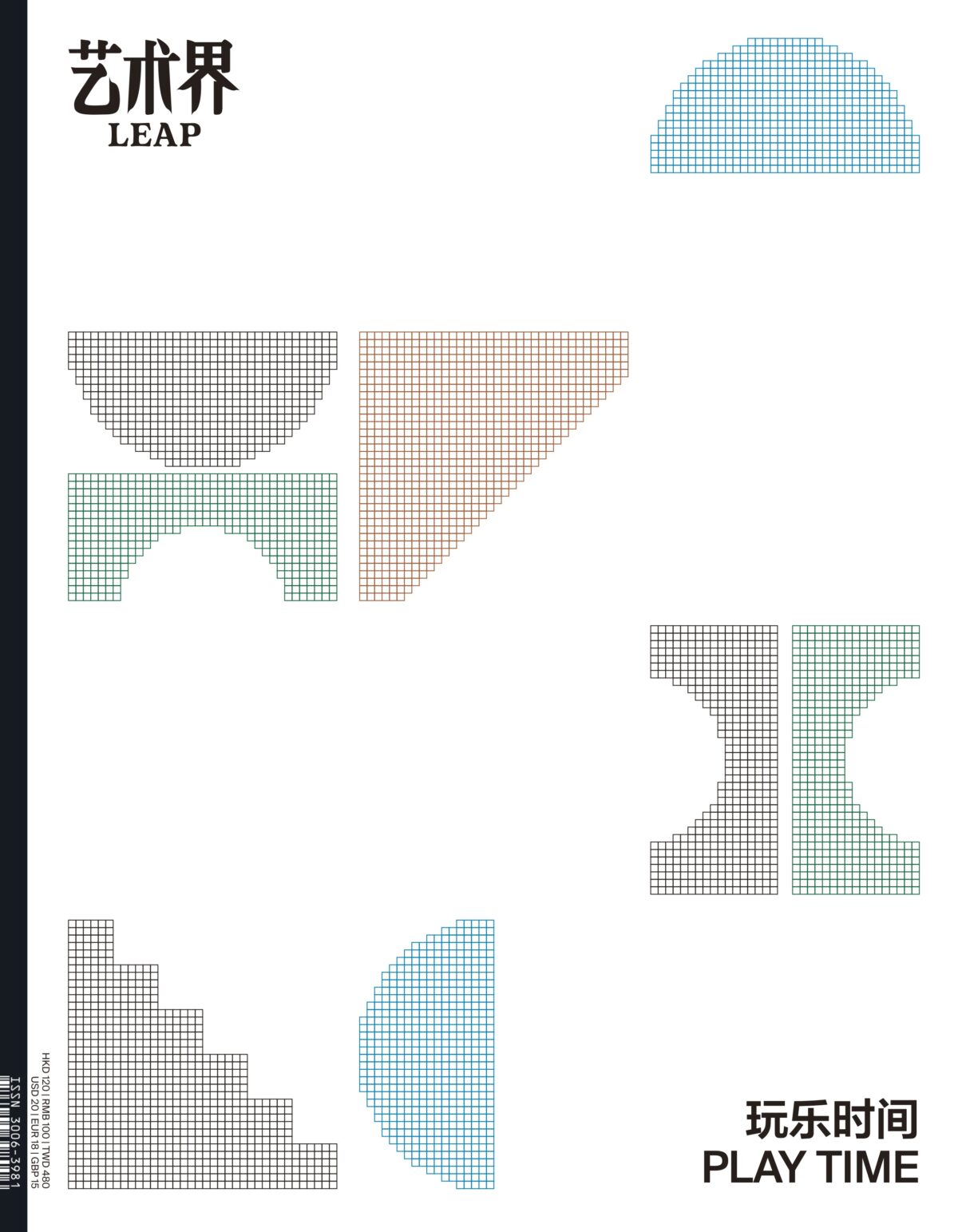In recent years, criticism of Chinese universities from scholars in a variety of fields has grown. The main focus of this criticism is the distribution of power in university administrations. Although Chinese art schools are distinct from other universities in many ways, this tide of criticism has exposed a variety of unsavory practices at art…
Read MoreIn late 2009 and early 2010, the hot topic in Beijing art circles was the relocation of the arts districts and the attendant legal complexities. With the rise of real estate speculation and a new round of construction planning for the city’s Chaoyang district in the first half of 2009, most of the town and…
Read MoreChen Chieh-Jen’s works Empire’s Borders I (2008-09) and Empire’s Borders II (2010) use images to address the modern critical construct that is “empire.” Modern leftist thinkers’ sustained consideration of “empire” seeks to excavate its internal contradictions. And just as Slovenian intellectual Slavoj Žižek posits, the true problems of empire lie with the world police: the…
Read MoreHow to begin? It feels like it was just earlier this evening that the artist Chen Xiaoyun called out of the blue. The preamble you’ve always dreaded, for a moment you’re at a loss. A rush of adrenalin…
Read MoreI ran into him the other day at the Element Fresh near the Lido Holiday Inn hotel in northeastern Beijing, not the sort of place you’d necessarily expect to find the first true superstar of Chinese art. But if that’s where Uli Sigg, the man at least indirectly responsible for a good part of that…
Read More1a Space www.oneaspace.org.hk Founded in 1998 in Hong Kong, 1a Space is a non-profit visual arts organization. It is operated by a program committee and governed by a board of directors. For operating capital, it relies on donations and other financial aid, whereas part of the administrative fees are funded by the Hong Kong Arts Development Council. The space…
Read MoreIn the 1980s, of course, no one talked about art spaces. Sure, artists intervened in the public realm, looking to bend it to their purposes. And of course there were always institutions, and the logic of coopting them for newer, bolder purposes was a motivation that then, as now, loomed large. (Look no further than…
Read MoreCarrying on a tradition established in its previous edition, the 2010 Taipei Biennial does not have a set exhibition title. This does not mean, however, that it does not have a theme. In the exhibition text, “Curatorial Discourse,” featured curators Tirdad Zolghadr (1973-) and Hongjohn Lin (1964-) call attention to two issues that are central…
Read MoreFor Huang Weikai, truth will always be stranger than fiction, and reality will always be unstable and fragmented. His films Floating and Disorder isolate and unearth powerful pieces of the everyday in Guangzhou, pushing the thresholds of so-called “documentary realism” in pursuit of a more surrealist documentary aesthetic.
Read MoreCHEN HUI-CHIAO Taipei/IT Park Initially, the motivation behind IT Park came from the artists and students who would return from studying abroad full of thoughts and ideas, but without a place to unleash their creativity. At the time, there was virtually no space for modern art exhibition or performance. I wanted a space simply to…
Read MoreA particular and much remarked upon characteristic of the Chinese art scene is the hyper-commercialized, gallery-based system. By and large an import from the West, the Chinese gallery system over the last ten years has swiftly matured, serving as an important point of connection between Chinese artists and the outside art worlds. For better or…
Read MoreIf liberal-mindedness was the legacy of the groundbreaking edition of the Shanghai Biennale titled “Shanghai Spirit” in 2000, then in 2010, “Rehearsal” represents a tentative step in the direction of reflexivity. Though the word “Rehearsal” does not connote much on its own, we can extract from a reading of the exhibition’s expository texts a posture…
Read MoreZeng Fanzhi’s exhibition of paintings and sculptures at the Rockbund Art Museum in Shanghai (curated by Wu Hung) fills the building’s three stories as well as a nearby church. On a wall of the museum’s ground floor hangs a ripe, oozingly gorgeous oil-on-linen painting of a slaughtered lamb carcass, a fresh reminder of the artist’s…
Read MoreZeng Hao’s solo exhibition, “Summer,” is touching to behold; in this collection of works, we see how an artist, after two decades of searching, has at last returned to the pure depths of his heart. A painting that depicts personal experience is not an uncommon phenomenon. But a painting that combines personal experience with the…
Read MoreLiu Xiaodong first came to the town of Yanguan in the northwestern province of Gansu in the fall of 2008 to paint the horses for which it is famous. Captivated by this diverse locale, he returned a year later to make portraits of its citizens, a project that soon became a cross-cultural comparison between a…
Read MoreSong Dong’s latest outing at Pace Beijing consists of four video projections in a single dark room, sealed off by labyrinthine curtains. Each video features a seasonal diorama of a landscape, entirely composed of cooked and uncooked foods. As a composition of form and color, each of the foodscapes is aesthetically appealing in a peculiar,…
Read MoreIt has been quite some time since I have experienced this feeling: I walk into an exhibit—without having read any thought-provoking reviews, without having listened to any step-by-step guides to interpretation—and my attention is instantly, viscerally attracted to a work. Facing Shao Fan’s work directly, one can neither perceive his subjective consciousness as an artist,…
Read MoreAs its name implies, “By Day By Night” is different from other exhibitions: it works round the clock, day and night. As the second part of its name, “Or Some (Special) Things A Museum Can Do,” suggests, the role of the museum for this exhibition has also expanded to include more functions than for past…
Read MoreMoCA Shanghai’s third “Envisage” biennale departed from the mélange of the first two editions; this time the sole focus was on the works of young artists. Entitled “Reflection of Minds,” the exhibition assembled the creations of 27 young artists—hailing from cities such as Shanghai, Beijing, and Hangzhou—mostly born since 1980. The pieces displayed at MoCA…
Read MoreThe collaboration between Contemporary Art and Investment magazine and the Iberia Center for Contemporary Art has been fruitful. In late 2009, the magazine’s staff, whose office is based in the Iberia facilities, collaborated with the center on the exhibition “Work in Progress: How Do Artists Work?” The artists shown in “Work in Progress” had all…
Read More




















